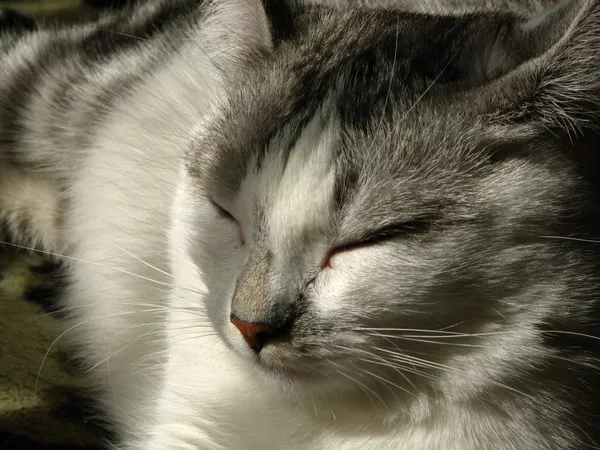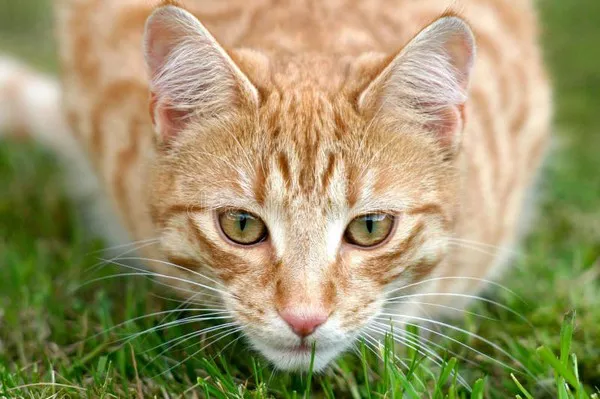A recent claim circulating on social media suggests that cats are the most toxic pets on the planet, but is there truth to this alarming assertion? The claim came to light via an Instagram reel, which discussed the findings of a study indicating that cats, particularly indoor cats, are exposed to harmful chemicals that they cannot easily detoxify.
The study, highlighted in the reel, shows that cats living indoors, without access to fresh air, are exposed to a wide array of chemicals present in everyday household products like cleaning agents, fragrances, and pesticides. Cats, it was claimed, are unable to clear these toxins from their bodies, potentially posing a health risk.
However, veterinarian Dr. Julie Hunt offers a more nuanced perspective. While acknowledging the study’s findings, she clarifies that some of the chemicals detected in cats are unlikely to be at concentrations that would significantly harm them. Dr. Hunt suggests that while the general caution about chemical exposure is valid, many of the claims made in the Instagram video are not entirely accurate.
The Environmental Working Group (EWG) conducted the study, which analyzed blood and urine samples from cats, dogs, and humans. The results revealed that cats had 46 different chemicals in their bodies, including nine carcinogens, 34 neurotoxins, and 15 endocrine-disrupting chemicals. This study, according to the EWG, is the most comprehensive investigation of chemical exposure in companion animals.
Despite the concerning numbers, Dr. Hunt explains that the concentration of these chemicals might not be high enough to affect a cat’s health in any immediate way. Furthermore, the study did not test other types of pets, so it is unclear whether cats are truly the most toxic compared to other animals.
The study’s findings did show that some chemicals were found in higher concentrations in cats than in dogs or humans, but Dr. Hunt points out that this doesn’t necessarily mean the level of contamination is harmful. Cats are particularly exposed to dust and chemicals on the floor, as they spend much of their time close to the ground and groom themselves by licking their fur, which can lead to higher absorption of toxins.
Dr. Hunt emphasizes that while some chemicals do build up in the body, others are eliminated through the liver or urinary system. She also offers several tips for reducing the toxic load in cats:
Avoid Teflon and Non-Stick Coatings: These products contain perfluorochemicals (PFCs), which persist in the environment and can be harmful to both humans and pets.
Limit Exposure to Fire Retardants: Many household items, including electronics and furniture, are treated with flame retardants. Dr. Hunt recommends reducing the use of such products to lower exposure to harmful chemicals.
Be Mindful of Cleaning Products: Vacuuming is a safer option than sweeping, as sweeping can disperse dust and chemicals into the air. Dr. Hunt advises opening windows while cleaning and wet mopping to minimize exposure.
Limit Heavy Metals in Your Cat’s Diet: Large fish, such as tuna and mackerel, often contain high levels of mercury. Dr. Hunt suggests limiting these types of fish in your cat’s meals.
Avoid Plastics: Switching to stainless steel or ceramic cat bowls, and being mindful of plastic toys or flea treatments, can reduce your cat’s exposure to potentially harmful chemicals.
Dr. Hunt concludes that while the study’s findings are worth considering, there is no need for panic. By taking simple steps to reduce household chemical exposure, pet owners can help protect their cats from harmful toxins.
As for the author of the original article, they found comfort in knowing they were already following many of Dr. Hunt’s recommendations. The author remains committed to ensuring their cats stay healthy—and perhaps will move the vase of flowers to a safer location next time they sleep in.
Related Topics



























